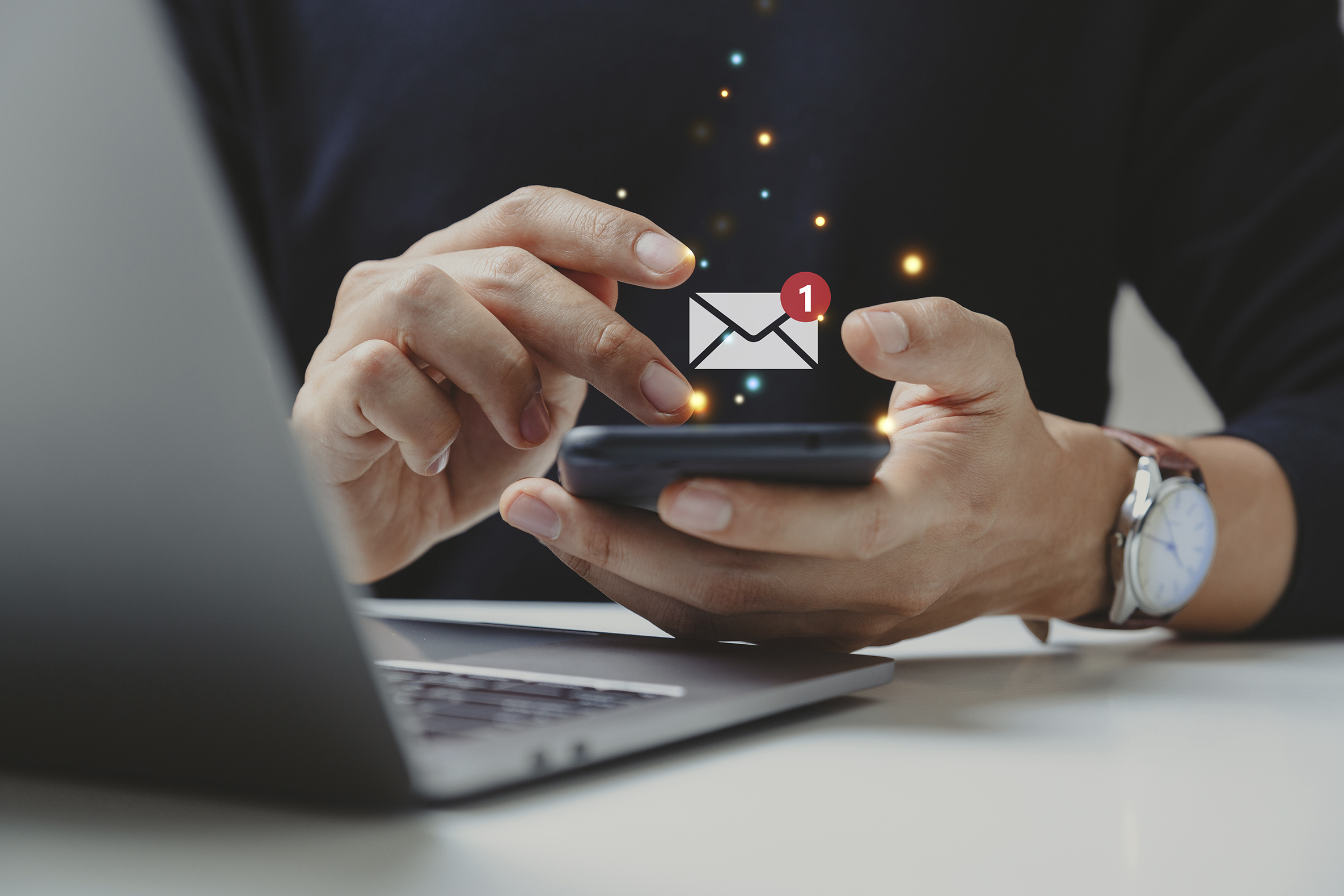Email marketing remains one of the most effective tools in a non-profit’s digital arsenal. With its ability to reach a targeted audience directly, it offers a powerful way to engage supporters, drive donations, and promote events. However, harnessing the full potential of email marketing requires strategy, creativity, and a commitment to ongoing optimization. Here’s how non-profits can leverage email marketing to fuel growth and maximize impact.
1. Build and Segment Your Email List
A successful email marketing strategy begins with a robust and well-segmented email list. Building a quality list of subscribers who are genuinely interested in your cause is essential for effective communication. Segmenting your list allows you to tailor your messages to different audience groups, increasing relevance and engagement.
Actionable Tip: Use sign-up forms on your website, social media channels, and at events to grow your email list. Offer incentives, such as exclusive content or a free download, to encourage sign-ups. Segment your list based on criteria such as donor status, volunteer involvement, and interests to send targeted, personalized messages.
2. Craft Compelling Content
The content of your emails plays a crucial role in engaging your audience and driving action. Crafting compelling, relevant, and valuable content will help you capture your supporters’ attention and encourage them to take the desired actions, whether that’s making a donation, attending an event, or sharing your message.
Actionable Tip: Develop a content strategy that includes a mix of stories, updates, and calls to action. Share success stories from beneficiaries, provide updates on your programs, and highlight upcoming events. Use engaging visuals, clear headlines, and a strong call to action to make your emails stand out.
3. Personalize Your Emails
Personalization goes beyond simply addressing recipients by their first name. Tailoring your email content to the recipient’s interests, past interactions, and engagement history can significantly increase the effectiveness of your campaigns. Personalized emails are more likely to resonate with your audience and drive higher engagement rates.
Actionable Tip: Use data from your email list and CRM system to personalize content based on donors’ previous contributions, volunteer activities, or interests. For example, send a special thank-you message to a frequent donor or a customized update on a project they supported.
4. Optimize for Mobile
With a growing number of people accessing their emails on mobile devices, it’s essential to ensure that your emails are mobile-friendly. A responsive design that looks good on both desktop and mobile devices will help you reach a broader audience and improve the user experience.
Actionable Tip: Test your emails on various devices and email clients to ensure they display correctly. Use a responsive email design that adapts to different screen sizes and keep your content concise and easy to read on mobile devices.
5. Implement Effective Calls to Action
A clear and compelling call to action (CTA) is crucial for driving the desired responses from your email campaigns. Whether you want recipients to make a donation, sign up for an event, or share your message on social media, your CTA should be prominent and persuasive.
Actionable Tip: Place your CTA buttons in visible locations within your email and use action-oriented language that encourages immediate response. For example, instead of just “Donate,” use phrases like “Help Us Make a Difference Today” or “Join Us in Changing Lives.”
6. Use Automation to Streamline Campaigns
Email automation allows you to send targeted messages based on specific triggers or user behaviors, such as welcome emails for new subscribers, follow-ups for event registrants, or reminders for upcoming deadlines. Automation can help you stay connected with your supporters and ensure timely communication.
Actionable Tip: Set up automated email sequences for different stages of the donor journey. For example, create a welcome series for new subscribers, a stewardship series for existing donors, and a re-engagement series for inactive supporters.
7. Monitor and Analyze Performance
To continually improve your email marketing efforts, it’s essential to monitor and analyze the performance of your campaigns. Key metrics such as open rates, click-through rates, conversion rates, and unsubscribe rates provide valuable insights into what’s working and where adjustments may be needed.
Actionable Tip: Use email marketing analytics tools to track and analyze your campaign performance. Review your metrics regularly and test different elements of your emails, such as subject lines, content, and send times, to identify what resonates best with your audience.
8. Encourage Social Sharing and Advocacy
Your email campaigns can also serve as a catalyst for broader engagement by encouraging recipients to share your message on social media or advocate on your behalf. Providing easy ways for supporters to share your content can help amplify your reach and attract new supporters.
Actionable Tip: Include social sharing buttons in your emails and add shareable content that encourages recipients to spread the word about your cause. For example, include a “Share This” button in your campaign updates or create a social media challenge that recipients can participate in.
9. Maintain Consistent Communication
Consistency is key in email marketing. Regular communication helps keep your organization top-of-mind for your supporters and maintains engagement over time. Establish a consistent schedule for your email campaigns and stick to it.
Actionable Tip: Develop an editorial calendar that outlines the frequency and types of emails you plan to send. Consider sending monthly newsletters, quarterly impact reports, and timely updates related to your campaigns and events.
Conclusion
Leveraging email marketing effectively can drive significant growth and engagement for your non-profit. By building and segmenting your email list, crafting compelling content, personalizing your messages, and using automation, you can enhance your communication strategy and achieve your organizational goals. Regularly analyzing your performance and staying consistent in your efforts will help you continually refine your approach and maximize your impact.
Need expert assistance in developing and executing an email marketing strategy for your non-profit? Contact Judith Alguero today for personalized guidance on leveraging email marketing to fuel your organization’s growth and success.



